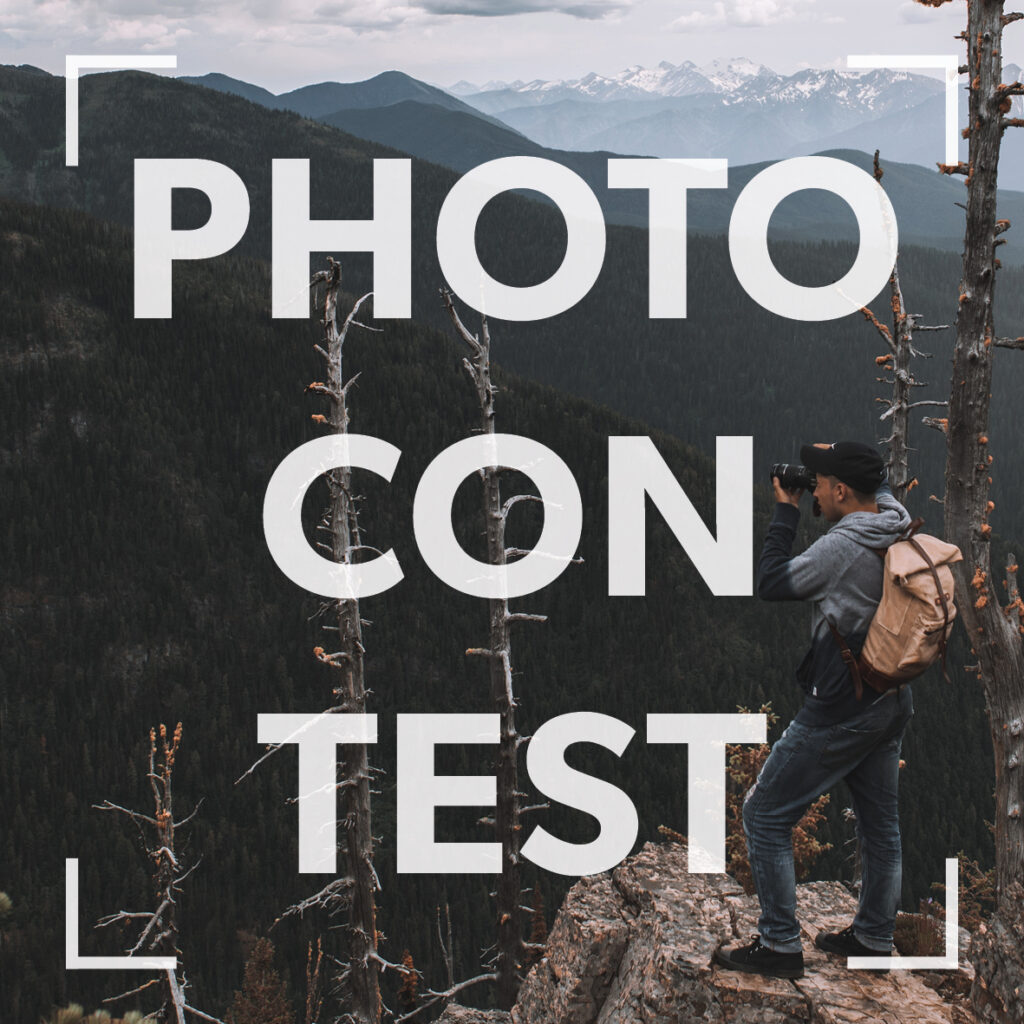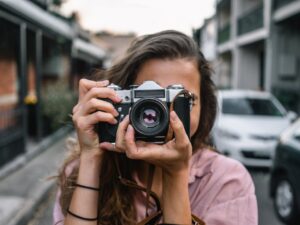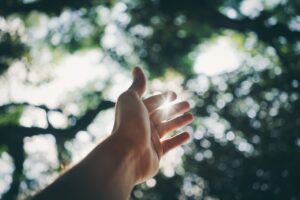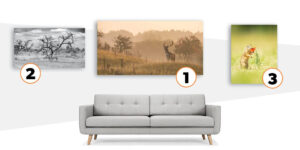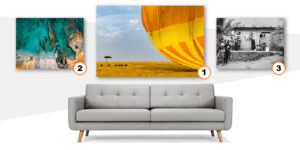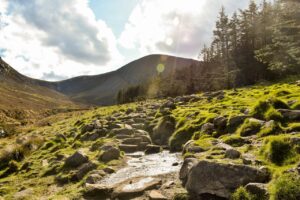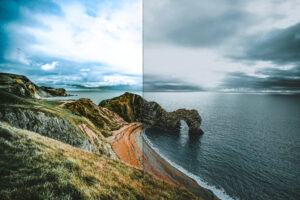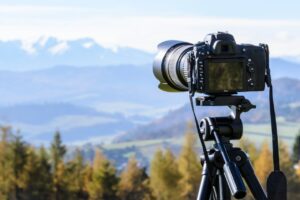Photographing animals can be quite a challenge. Some animals can be found in the zoo or even on your couch. Others you’ll have to really look for. When you’ve found those harder to find animals and you’ve captured them just the way you imagined, those photos are extra special. We’ll give you the best tips for capturing animals, both at home and in nature.
Animal photoshoot at home

Light
Photography is capturing light. If there’s no light, there’s no photo. Is it quite dark? Then your photoshoot’s success depends on your camera settings and the sensitivity of your sensor. Indoors, it’s usually quite dark and your cozy yellowish warm light bulbs most likely aren’t sufficient. So use your camera’s settings according to the lighting conditions and put some extra lights in the room to take a great photo indoors. If there’s enough light outside, let the animal sit near a window. Use daylight if you can, because daylight is usually the best light you can get.
Movement
Pets rarely sit still when we want them to. That’s why you prepare properly. Get some snacks to use as a reward or use the snack to let your pet look in a certain direction. If your pet is moving a lot, use a short shutter speed, up your ISO (only if necessary) and make sure the camera’s sensor gets enough light to avoid motion blur.
Surroundings
Capturing your pets with your camera makes a great indoor activity. Just make sure your dirty dishes, messy laundry basket and dirty floors aren’t visible. So clean up, or use a small depth of field, to blur the mess out of your photo.
Which gear do you need?
Which lens you’ll need, depends on the type of animal you will photograph, and how you want to show them in your photos. If you want to show more surroundings, take a portrait lens or even a wide angle. Do you own tarantulas or other tiny animals, use a macro lens to get great shots. Be sure not to disturb them too much, to capture their natural behaviors.
A tripod comes in handy for almost every shoot you’ll ever do. Especially indoors with poor lighting.
More light can save your photos. The lighting determines the atmosphere in your photo. So make sure to think about that when preparing for the shoot.
Outdoor animal photoshoots

Where to find wild animals?
Most National Parks have their own websites. Use them to find out what types of wildlife you can expect to find. But don’t forget that wild animals come in different forms, such as birds in the backyard, or even the ducks in the pond.

What do you bring to your outdoor animal shoot?
Protect your gear
Photography gear is expensive. So take good care of your things. Protect your stuff from weather and other things you might come across on your photo adventure. A solar cap on your lens is the least you can do to protect it from scratching against tree branches or bumping into rocks. Take an umbrella with you, a rain cover especially designed for your camera, or use waterproof gear only. Just to be sure.

Don’t forget to protect yourself from the rain, cold, heat, or other weather conditions. Make sure you can stay in an interesting area for your photoshoot for a couple of hours, because you don’t want to quit the shoot because of silly reasons like you forgot your sunscreen or hat. Also, bring enough food and water to last a few hours.
Tip: A bird recognition app
I’ve recently tried the Merlin Bird ID app. This bird-recognizing app is available for Android and iOS. You can use it to find out which bird you have spotted by answering some questions about it, or by uploading a photo of the bird.
Once you find out which bird it was that you have seen, you can gather more information about the bird, and find its favorite hiding spots. The more you know about an animal, the likelier you are to find it and plan your photoshoot ahead.
What else do you need?
The lens you’ll need depends on the animals you want to capture. Always keep your distance from the animals, because you want to photograph their natural ways. That’s why using a 500mm+ zoom lens is usually a good choice, and make sure to always work with a tripod.
Don’t overpack. You don’t want to miss perfect moments because you’re dragging around so much stuff and you’re too slow unpacking it all.
You might like these articles too:



